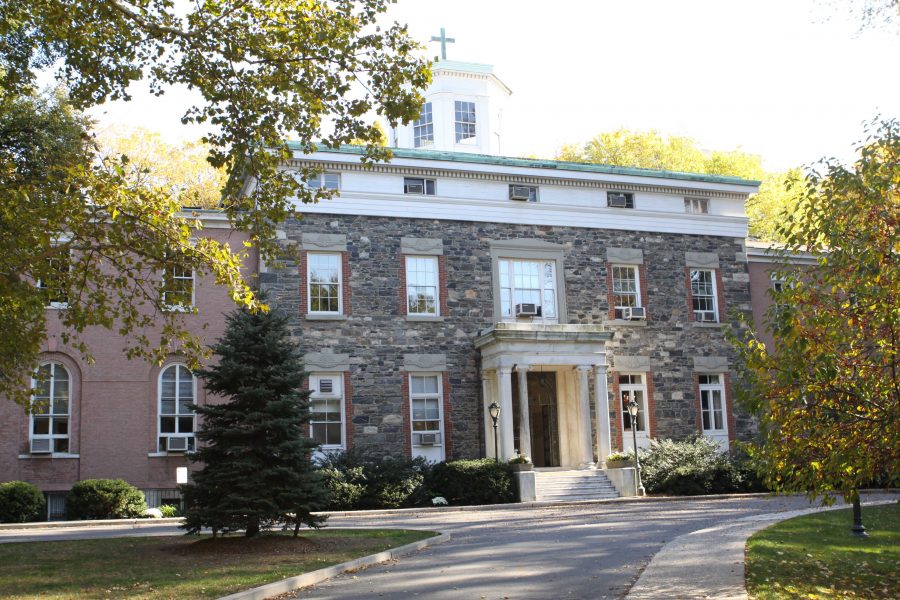In the spring of 2015, Rev. Joseph M. McShane, S.J., president of the university, announced the launch of the Continuous University Strategic Planning committee, or CUSP. The goal of CUSP, established to build on the strengths of the university, is to create a fresh future for Fordham and design a process of continued planning.
Nearly a year later, the committee has released a draft of the strategic framework, called Transformative Education: a Strategic Framework for Fordham University, sparking conversation regarding improvements Fordham should strive to make as it comes to its 175-year anniversary.
The strengths that Fordham prides itself on, including its student-centeredness, Jesuit heritage and New York City location are prioritized expanded upon in the eight page draft. CUSP is correct to set goals for improvement of innovative teaching, involvement with New York City, increased research opportunities, diversity and inclusion and, most importantly, a strategic business model.
The editorial board of The Fordham Ram found certain areas of the draft would make a significant impact on student life at Fordham.
We are particularly interested in the design of a student union. As it stands, the McGinley Center, while home to the campus fitness center, student lounge, marketplace and multiple student affairs offices, lacks in its ability to unite students to a common, central location. A true student union for students to congregate would better foster a sense of community on our campus. Such a revamp should also lead the way in fulfilling other points of change in CUSP, including the promotion of diversity, inclusion and accessibility.
Tbe Fordham Ram is also encouraged that CUSP addressed the need for a science building at Fordham and that the university pledges to “significantly invest in engaged science education at the Rose Hill campus.”
US News & World Report ranks Fordham No. 209 for its biological science program, an abysmally low number considering the vast number of students that are enrolled in pre-med programs, as well as the number of general science, mathematics, technology and engineering majors. Many students also lament the underfunded lab equipment and lack of specialized career services programs.
CUSP denotes a partnership with the Bronx Science Consortium and the design of an interdisciplinary science building on Rose Hill. Regardless of how overdue these changes may be, these ideas are a step in the right direction.
Although these are all commendable clauses, CUSP often repeats ideas that the administration has referred to time and time again. The repetition helps to instill these core values into Fordham’s curriculum, but having the words “broaden Fordham’s global perspective” can only be reworded so many times. We expect to see more specific goals outlined in CUSP’s next draft. Fordham administrators claim that the language of CUSP has been left intentionally vague to allow the framework to adapt to changes in the coming years. This should not be at the expense of holding the university accountable for making a true attempt at meeting the goals it sets for itself. Speaking on resources, it is clear that the main priority for the university at this time should be to derive a sustainable business model to fund the university efforts — a priority currently listed at the bottom of the draft. It does not take away from Fordham’s desire to prioritize Jesuit values to acknowledge that the current revenue stream coming almost entirely from student tuition is unsustainable. Most other priorities in the draft require additional funding, and no clear path towards attaining that funding has been released thus far.
While CUSP’s malleable draft seems to have the best interest of Fordham’s future at its core, its vague language prevents a clear way to assess its progress.
The Fordham Ram also has the best interest of Fordham’s future at core, and looks forward to reading the revised draft when it is released.



































































































































































































